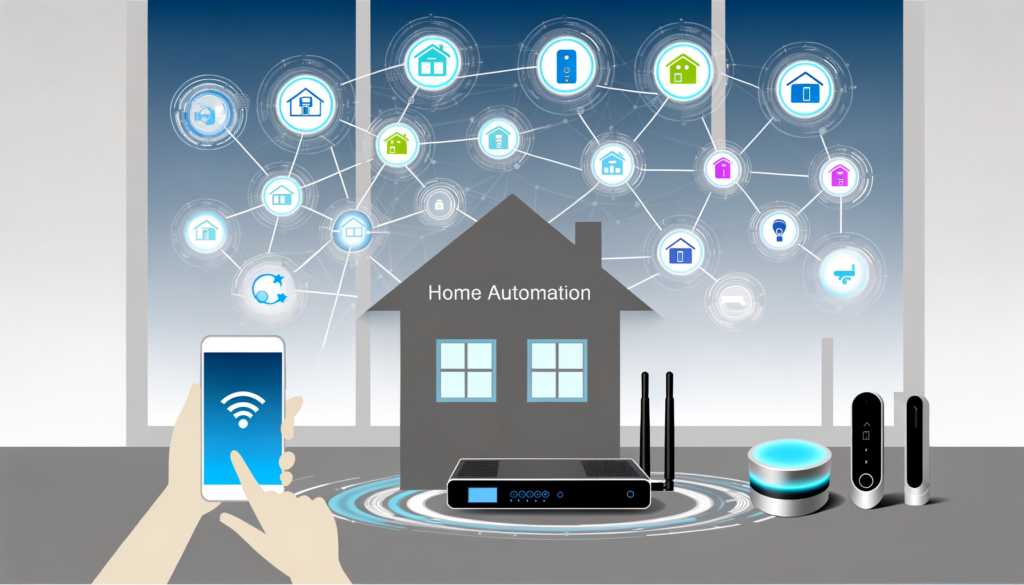Home automation systems have become increasingly popular in recent years, allowing homeowners to control various aspects of their homes with just the touch of a button. From lighting and temperature to security and entertainment, these systems offer convenience, energy efficiency, and peace of mind. If you’re considering investing in a home automation system, it’s important to understand the basics before making a decision.
What is a Home Automation System?
A home automation system is a network of devices that communicate with each other and can be controlled remotely. These devices can include smart thermostats, lighting controls, security cameras, door locks, and more. By connecting these devices to a central hub, homeowners can control them from a smartphone, tablet, or computer.
Types of Home Automation Systems
There are two main types of home automation systems: wired and wireless. Wired systems require running cables throughout the home, which can be more costly and time-consuming to install. Wireless systems, on the other hand, use radio frequencies to communicate between devices, making them easier to install and more flexible.
Components of a Home Automation System
A typical home automation system consists of several key components, including:
- Central Hub: The central hub serves as the brain of the system, connecting all devices and allowing them to communicate with each other.
- Control Interface: This can be a smartphone app, tablet, or computer that allows homeowners to control the system remotely.
- Devices: These are the individual components of the system, such as thermostats, lights, cameras, and door locks.
- Communication Protocol: This is the language that devices use to communicate with each other, such as Wi-Fi, Z-Wave, or Zigbee.
Benefits of Home Automation Systems
There are several benefits to investing in a home automation system, including:
- Convenience: With a home automation system, homeowners can control various aspects of their homes from anywhere in the world.
- Energy Efficiency: By automating lighting and temperature controls, homeowners can save energy and reduce their utility bills.
- Security: Home automation systems can include security features such as cameras and door locks, adding an extra layer of protection to the home.
- Peace of Mind: Knowing that your home is secure and that you can monitor it remotely can provide peace of mind to homeowners.
Considerations Before Installing a Home Automation System
Before installing a home automation system, it’s important to consider the following:
- Budget: Home automation systems can range in price, so it’s important to set a budget before shopping for one.
- Compatibility: Make sure that the devices you already own are compatible with the system you choose.
- Scalability: Consider whether you may want to add more devices to your system in the future.
- Installation: Decide whether you want to install the system yourself or hire a professional.
By understanding the basics of home automation systems and considering these factors, homeowners can make an informed decision about whether to invest in this technology.

